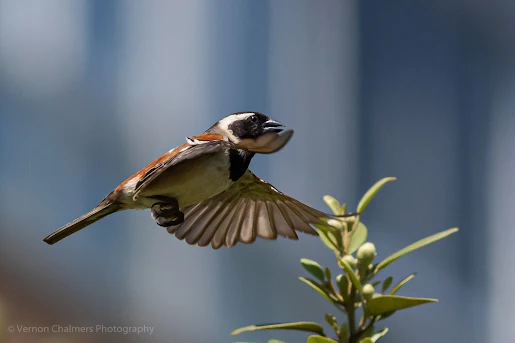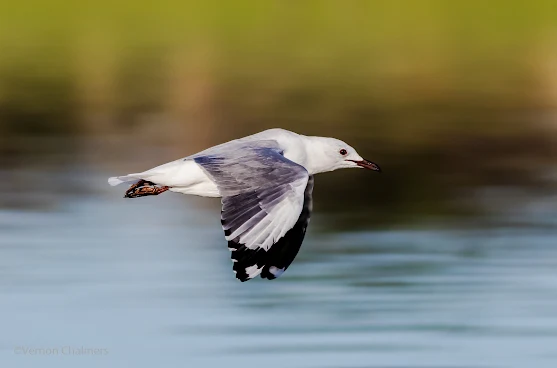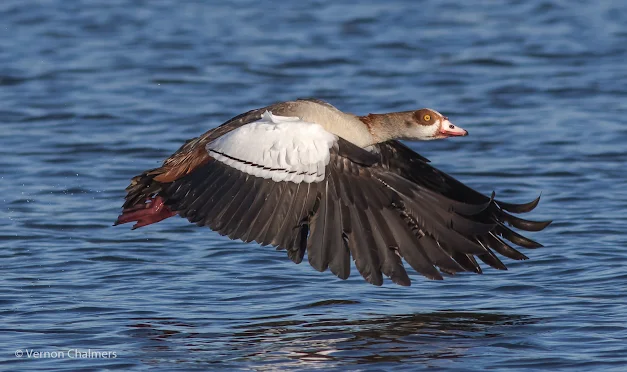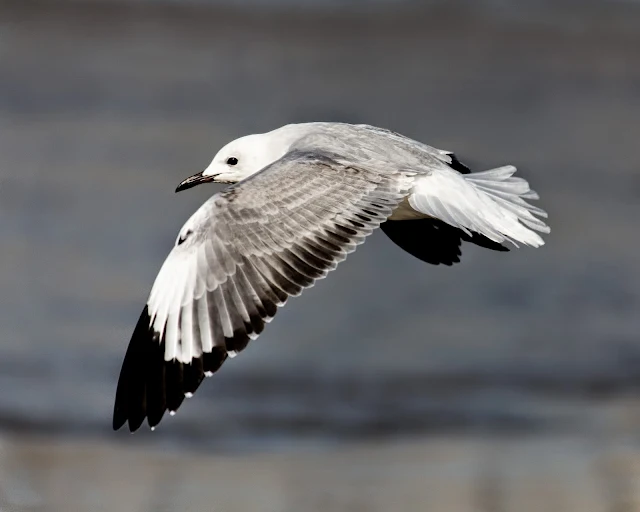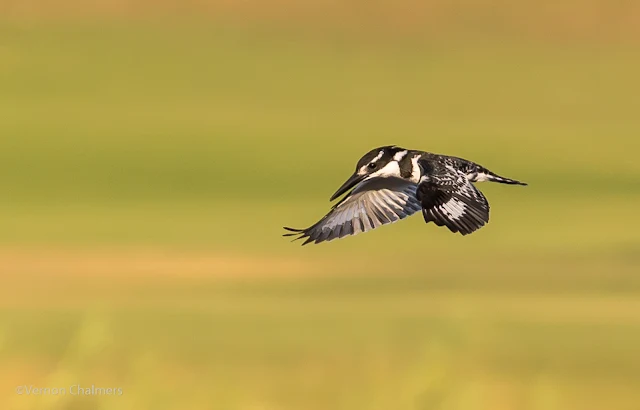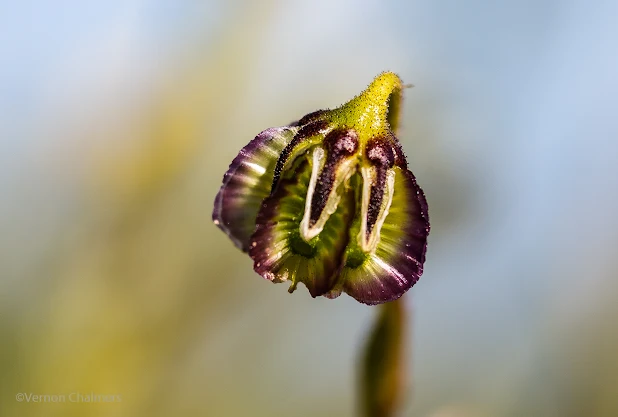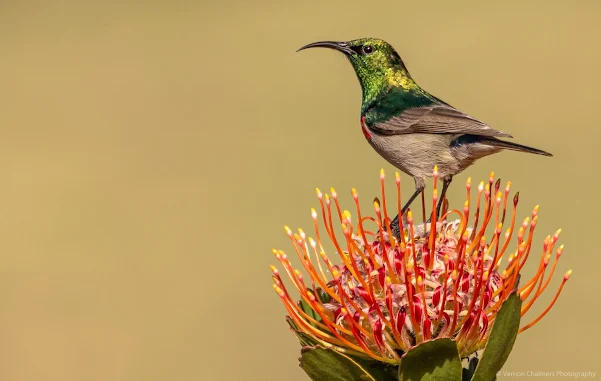From Canon DSLR EOS to Mirrorless EOS R
A Question on Camera System Change - and my personal / professional response as photographer and Canon EOS & photography trainer.
After testing the Canon EOS R6 I was asked by one of my long-time Facebook followers if I would change my EOS System (from DSLR to Mirrorless) for predominantly Birds in Flight photography - this question made me think and this was my unedited response:
Changing / investing into the R System, for me, will probably happen over time. I do believe the R System is more mature now - for fast action et al. I like the mechanical shutter and the AF. I may want to add some more L glass to my bag.
At this stage it will not be cost-effective to even start buying into the R System. I'm quite content with my bag full of EOS DSLRs and EF (L) glass - as it was quite an investment over time to fill the bag up to cover bodies / glass for my enthusiast / pro / teaching requirements. But you ask a very important question many photographers will think about as the R System is reaching maturity and becomes more fast-action competitive.
I'm keen to see what a possible R7 will bring - this maybe a start to purchase into the R system - with an RF adapter I will be able to use all current EF class. I do personally and professionally believe in the R System and am sure photographers buying into the EOS R5 and R6 will be happy.
At the moment in my photo work I am searching for good light and the birds - still very happy with what is currently in my hands doing the chasing and creating. Thank you for providing an opportunity to do some quick self-checking here wrt my own strategic / asset objectives.
For me lately its what is in front of me - how do I create a better image in current environment? I don't really travel much for my photography - and am fortunate to do most of my own shooting here on my doorstep. So don't need lighter gear for instance. New kit may take my mind away for creating for a while, while I'm learning and fiddling with a new body.
My birding setup is an example - I never think about settings really - just ensure I'm setup before a shoot, switch off the LCD and that's it. Don't look at camera, don't think camera, only chase the light and the birds (and angles for better backgrounds ) I don't mind doing new kit testing - it gives me as sense of the hardware evolution - am grateful that Canon can provide me with new kit - more so for my clients / students - to understand how it could also add value in their journeys."
Differences Between a DSLR and Mirrorless Camera
What is the Difference Between a DSLR and Mirrorless Cameras?
What is the Difference Between a DSLR and Mirrorless Cameras?
-----------------------------------------------
Thank you Roger Jones - you made me think and my (almost) instantaneous response to you at the time was the embedded affirmation that chasing light and birds is of higher priority than the camera in my hands.
Images: Cape sparrow / Yellow-billed duck - with Canon EOS 7D Mark II / EF 400mm f/6.6L USM lens at Woodbridge Island, Cape Town.
Canon EOS 7D Mark II Birds in Flight Gallery
 |
| Yellow-Billed Duck in Flight - Canon EOS 7D Mark II / EF 400mm f/5.6L USM Lens |
